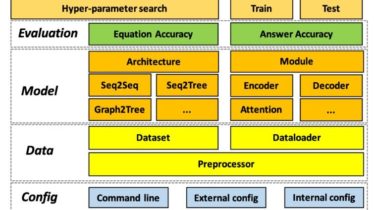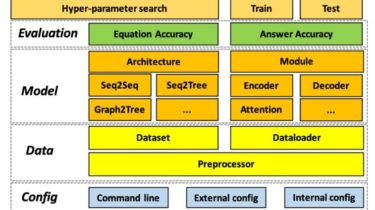Open recent VS Code folders and files using Ulauncher
💻Open recent VS Code folders and files using Ulauncher. Quickly open recently-opened VS Code project directories and files. Install Requirements Ulauncher 5 Python >= 3 fuzzywuzzy module. Install this using pip: pip install fuzzywuzzy Steps Ulauncher > Preferences > Extensions > Add extension Paste the following URL: https://github.com/plibither8/ulauncher-vscode-recent This extension should now be set up and work. Usage Default keyword to trigger this extension is code. This can be changed in the preferences. License MIT GitHub https://github.com/plibither8/ulauncher-vscode-recent
Read more








